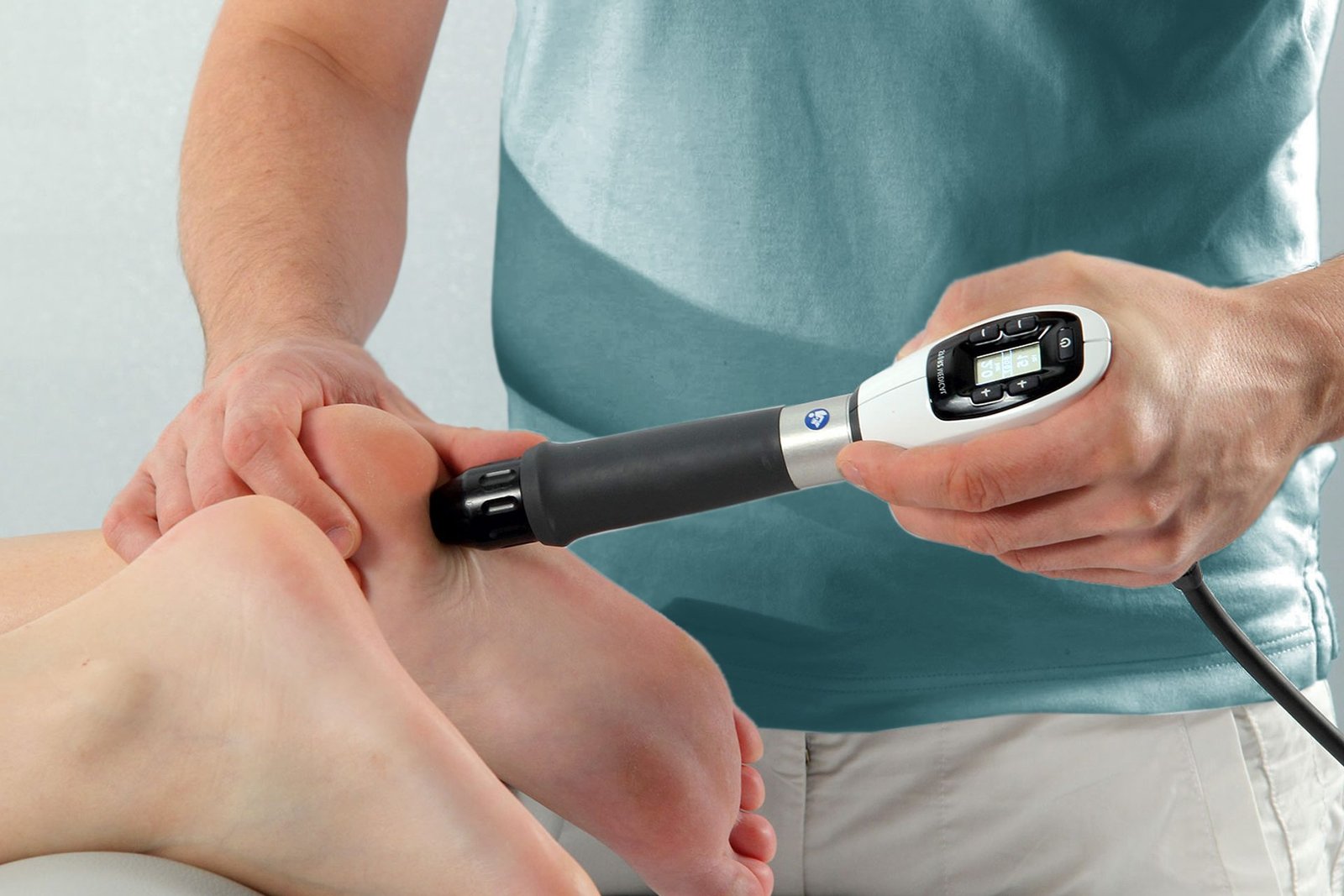
What are Heel Spurs?
A heel spur is a bony growth that develops on the underside of the heel bone (calcaneus). It is a common cause of heel pain and is often associated with plantar fasciitis, a condition that involves inflammation of the plantar fascia, a band of tissue that runs across the bottom of your foot connecting your heel bone to your toes.
Heel spurs develop over time when calcium deposits build up on the underside of the heel bone. They are frequently caused by strain on foot muscles and ligaments, stretching of the plantar fascia, and repeated tearing of the membrane that covers the heel bone. Athletes and individuals who spend a lot of time on their feet are particularly prone to developing heel spurs.
Symptoms of Heel Spurs
While some people with heel spurs experience no symptoms, others may experience:
- Sharp pain in the heel when standing up in the morning.
- A dull ache in the heel throughout the day.
- Inflammation and swelling at the front of the heel.
- A visible bony protrusion under the heel.
Diagnosing Heel Spurs
Heel spurs are typically diagnosed through physical examination and imaging tests such as X-rays. During the physical examination, a doctor will check for areas of tenderness on the heel and the extent of pain experienced by the patient. An X-ray can confirm the presence of a heel spur and help to rule out other potential causes of heel pain.
Treatment Options for Heel Spurs
Treatment for heel spurs often focuses on reducing pain and inflammation. Common treatments include:
- Rest: Avoiding activities that exacerbate the pain.
- Ice Therapy: Applying ice packs to the heel to reduce inflammation.
- Over-the-Counter Pain Relievers: Medications such as ibuprofen or acetaminophen.
- Orthotic Devices: Shoe inserts that support the arch and reduce pressure on the heel.
- Physical Therapy: Exercises to stretch and strengthen the muscles and tendons in the foot.
- Corticosteroid Injections: Injections to reduce inflammation.
- Surgery: In severe cases, surgical intervention may be necessary to remove the spur.
Foot Scan Treatment
Foot scan treatment is a modern approach used to diagnose and manage foot-related conditions, including heel spurs. It involves the use of advanced technology to analyze the biomechanics of the feet. Here’s how it works:
How Foot Scans Work
- Digital Imaging: Foot scan systems use digital cameras and sensors to capture detailed images of the feet while standing, walking, or running.
- Pressure Mapping: The system measures the pressure distribution across different areas of the foot. This helps to identify abnormal pressure points that could be causing pain or discomfort.
- Gait Analysis: The scan provides insights into the patient’s gait cycle, highlighting any abnormalities in the way they walk or run.
- Custom Orthotics: Based on the data collected, custom orthotic devices can be designed to provide better support, redistribute pressure, and correct gait abnormalities.
Benefits of Foot Scan Treatment
- Precision: Provides accurate, detailed information about foot mechanics and pressure distribution.
- Personalization: Allows for the creation of custom orthotics tailored to the individual’s specific needs.
- Early Detection: Identifies issues that might not be visible during a physical examination, enabling early intervention.
- Non-Invasive: Offers a non-invasive method for assessing foot health and designing treatment plans.
Integrating Foot Scans into Heel Spur Treatment
For patients with heel spurs, foot scans can play a crucial role in developing an effective treatment plan. By analyzing how a patient’s weight is distributed across their feet and identifying any biomechanical issues, healthcare providers can create custom orthotic devices that provide better support, reduce strain on the plantar fascia, and alleviate heel pain.
Heel spurs are a common source of heel pain, but with the right diagnosis and treatment plan, symptoms can be effectively managed. Foot scan treatment offers a cutting-edge, personalized approach to diagnosing and treating heel spurs, helping patients achieve better foot health and improved quality of life. If you are experiencing heel pain, consult with a healthcare provider to explore the best treatment options for your needs.






